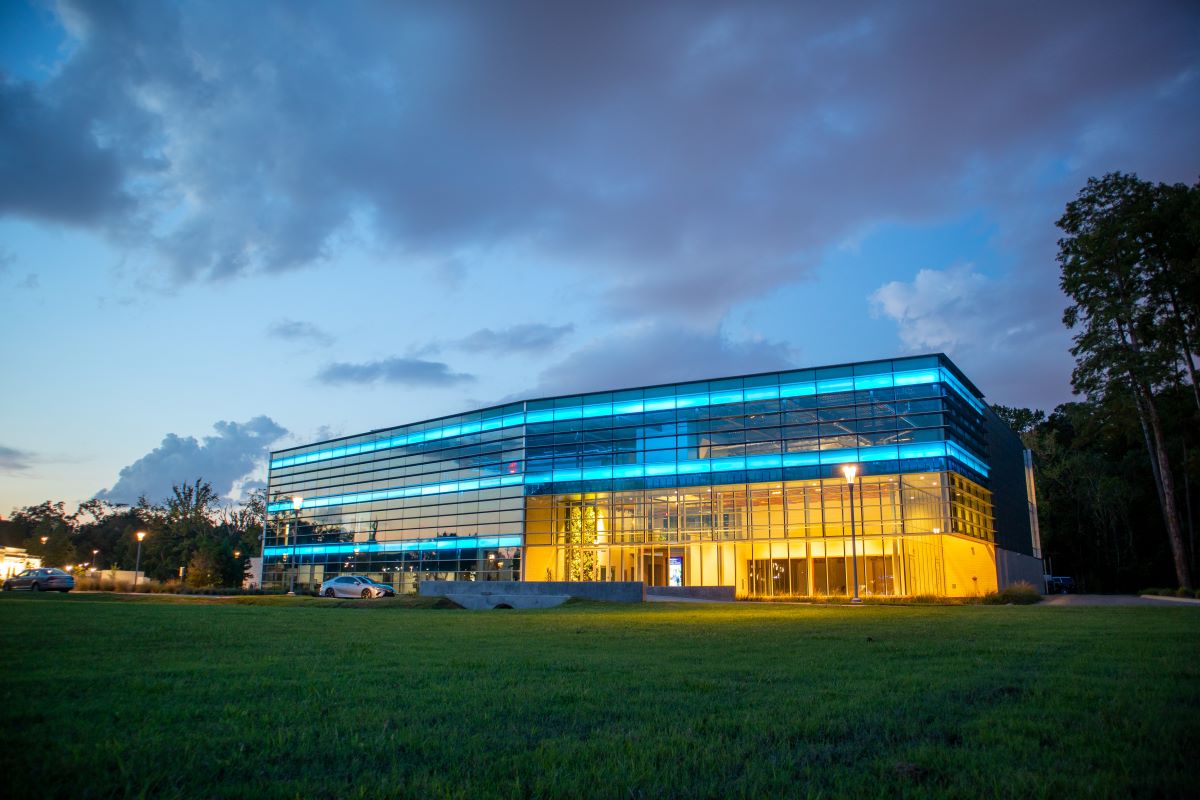The last decade or so has shown us how smart buildings can and have transformed the way we think about the places where we live or work. Smart buildings come with all kinds of automated systems and use machine learning to optimize energy usage and enhance security and safety at home and work. These technologically empowered buildings also improve comfort and convenience and cut down unnecessary costs. The real question, of course, is how a smart building understands the needs of its owners/managers. The answer is sensors, traffic counting sensors, to be more specific.
The potential for technology to transform our living and working spaces has never been greater. Provided a smart building uses reliable, modern, and precise people counting technology, it can significantly improve all occupants’ comfort, safety, and sustainability. Accurately tracking people’s movements within a building or a zone, this technology can provide various innovative solutions that benefit both building managers and occupants.
The world is becoming increasingly interconnected and digital; it’s inevitable. It won’t be long before the majority of buildings will become smarter by harnessing the power of various technologies, and people counting is one of the standout solutions in that near future.

This blog post will explore the numerous benefits of people counting in smart buildings, from enhancing safety and security to improving energy efficiency and promoting sustainability. By the end of this article, you will gain a deeper understanding of how people counting can help to make our built environments smarter, safer, and more sustainable.
Smart Buildings and People Counting Explained
Technology is ever-advancing, and the modern world is adopting these changes at a speed that’s hard to catch up with, even if you blink for a second longer, but worry not, we’ve got your back. Smart buildings are structures that use advanced technology to automate and optimize various building systems. Said systems include lighting, HVAC (heating, ventilation, and air conditioning), security, and energy management. These systems are integrated and connected to a central platform that can be controlled and monitored remotely, often via a smartphone or computer. The building manager or the responsible party can monitor and control these systems (which are connected to a software solution) via a computer or a smartphone.
People counting, in a nutshell, refers to the use of cutting-edge sensors to accurately track the number of people entering and exiting a building or specific areas within a building. However, this technology offers way more than just traffic monitoring nowadays. The right people counting system will be one of the most critical components of an efficient and effective building management system. An accurate and reliable traffic monitoring tool can help building managers optimize the use of space and resources, safety and security. You can also integrate visitor data into your smart building’s machine-learning algorithms. This will lead to even more benefits and may even allow you to be a tad more creative with solutions.
Enhancing Safety Through People Counting
The world is becoming increasingly urbanized, and various disasters have shown that public safety needs to become a top priority in city planning and building-making. Be it a fire, an earthquake, or any other type of emergency, smart buildings that leverage real-time occupancy monitoring and emergency response technologies can offer a more secure environment for their residents.
In addition, emergency responders can use real-time people data to act quickly and efficiently. They can direct resources to those areas that need immediate help, detect which areas people may be trapped in, and gain precious time, which can greatly improve the chances of saving lives.
If a smart building leverages a modern and accurate people counting system, the building manager can also use traffic data and occupant behavior to prevent accidents or incidents from occurring during emergencies.
You can also use people counting technology to identify hazards before they occur or escalate. Collecting data and identifying person/group trends can help you develop better emergency plans, take appropriate measures and eliminate potentially dangerous situations that may happen due to a disaster.
Improving Energy Efficiency
Smart buildings must be energy-efficient by design, but they must also learn from resident and visitor behavior to optimize further for a more sustainable future. While these buildings are already powered by AI, they can further optimize their energy consumption and reduce their carbon footprint by leveraging people counting sensors and solutions.
If you opt for a people counting system that’s empowered by an online visitor analytics tool that can be integrated into your smart building technology, you can combine their powers and become more energy-efficient. Tracking the number of people in a zone in real-time, your smart building system can adjust the temperature to optimize energy efficiency without sacrificing comfort levels. More precise temperature control throughout the building will lower energy bills and reduce the negative environmental impact.

The very same logic also applies to optimizing your building’s lighting systems. Even the most basic motion sensors that are used for lighting corridors, parking garages, storage, etc., make a drastic change in saving energy and reducing bills. Imagine using a smarter and more efficient technology that can automatically adjust —based on the number of people in a room— or completely turn off lights in unoccupied areas and how much you can reduce energy waste. Furthermore, you will save energy and reduce maintenance costs by extending the lifespan of your lighting fixtures.
Sustainable Building Management
Your building’s traffic data can be used to make informed decisions about its operations and resource allocation, allowing you to optimize it for maximum efficiency and sustainability. People counting can help your building (or company) become significantly more eco-friendly when done right.
An accurate traffic counter can provide you with the necessary information, such as how many people are in the building or in a specific area and when. This information alone —provided your system is precise and not some outdated tech— can drastically reduce waste. For instance, when your building is at its busiest, as a manager, you can ensure that waste containers are emptied more often, preventing overflow and littering. A cleaner environment is crucial in improving both customer satisfaction and employees alike.
You can also use visitor data to optimize resource allocation. Building managers can adjust lighting, heating, and cooling systems according to the number of people in a specific area or set up an automated system and reduce energy waste while saving resources. You can reduce the amount of energy used to climate control and light an underutilized area or deploy new marketing campaigns and strategies to ensure this zone gets more visitors.
The Future of People Counting in Smart Buildings
Smart buildings are an essential part of the transition to a sustainable future. They’re designed to be more energy-efficient, comfortable, and boost productivity in various ways. Traffic counting and analysis play a crucial part in this future. This technology plays a key role in more precise temperature and lighting control, reduced energy waste, and enhanced safety. Smart buildings and people counting go hand in hand.

People counting and visitor analytics will become even more accurate and offer more essential features, allowing you to analyze resident behavior and preferences more sophisticatedly. Simply put, integrating people counting technology with other smart building systems create a more personalized and comfortable experience for occupants.
Conclusion
People counting data can be integrated with HVAC and lighting systems to create a truly “smart” building that automatically adjusts to occupant needs. Additionally, this technology enables building operators to pinpoint underutilized areas and use them better.
The future of people counting in smart buildings looks bright, with even more innovative solutions on the horizon. As technology continues to evolve, smart buildings will become more efficient, sustainable, and comfortable for all occupants. If you want to enhance your smart building’s capabilities and make it more efficient, make sure to reach out to us, and we’ll connect you with one of our people counting experts. Let’s head towards a sustainable future together!






